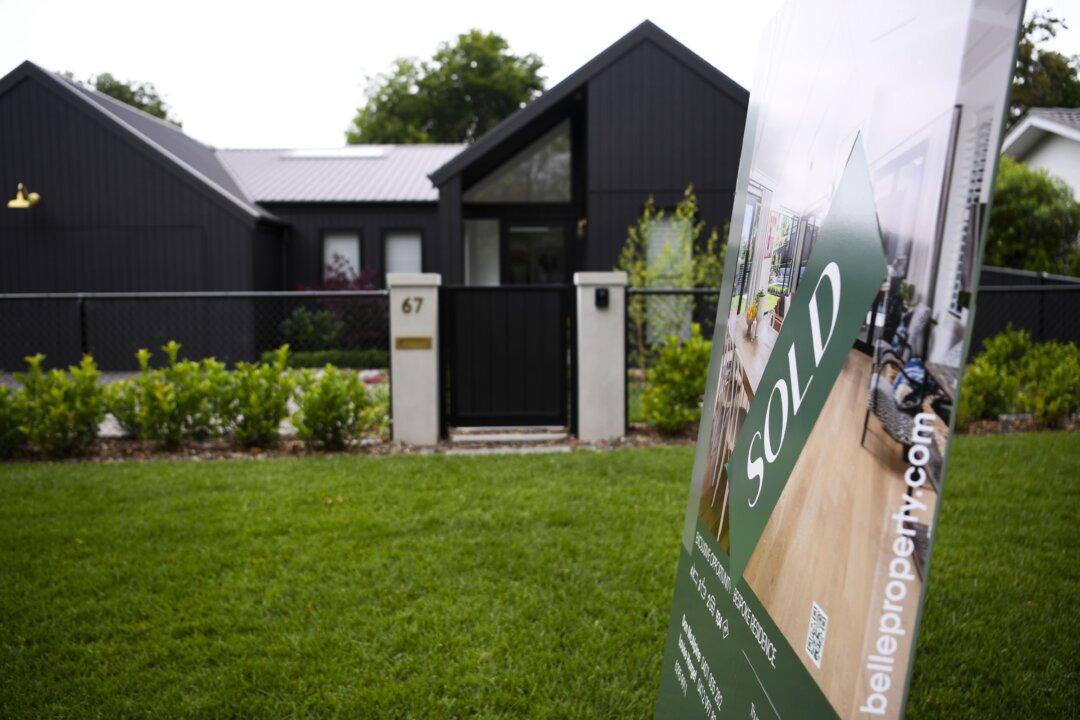New Australian housing mortgage commitments rose 4.4 percent in December to a record high value of $32.8 billion (US$23.3 billion) as house prices in the country continue to climb.
The Australian Bureau of Statistics (ABS) revealed that it was driven by a 5.3 percent increase in the value of new owner-occupier loans.





